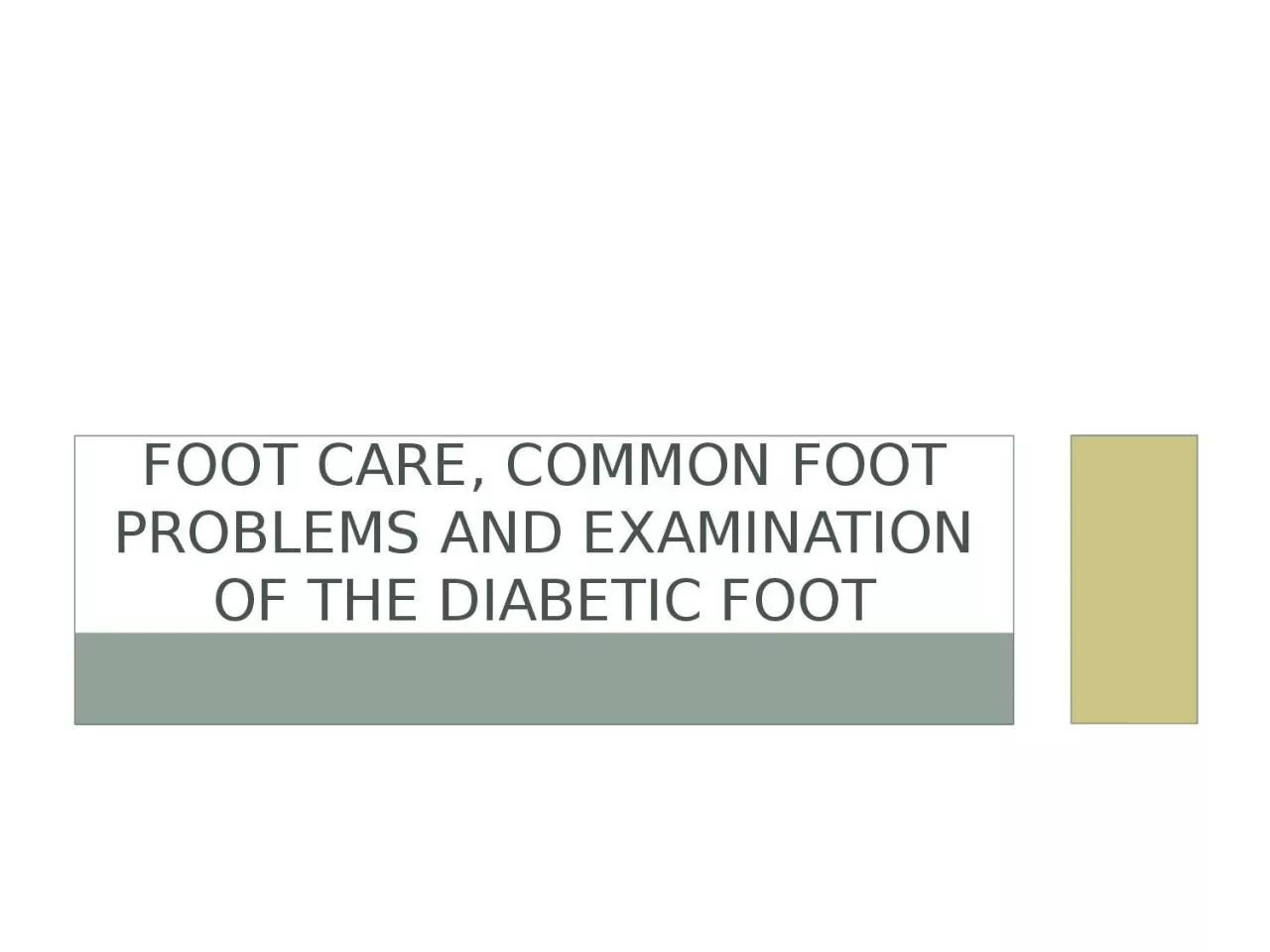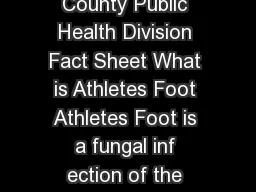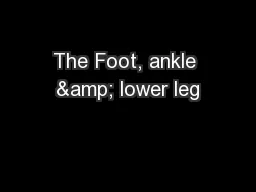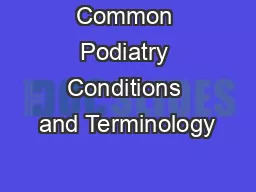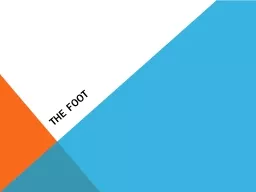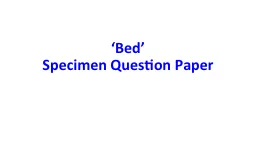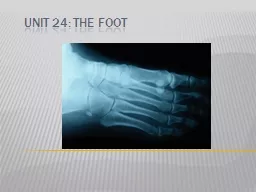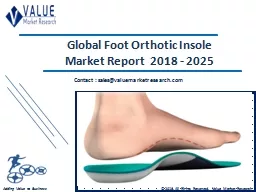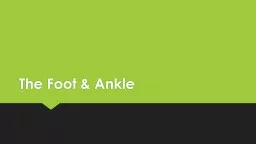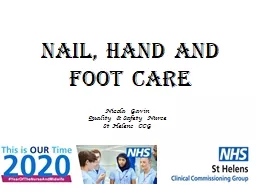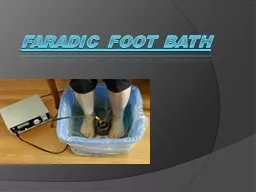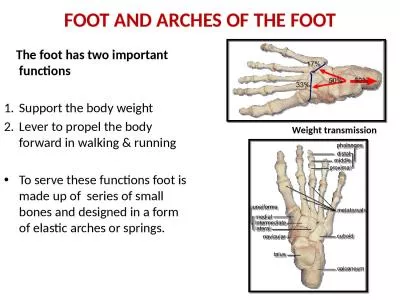PPT-Foot Care, Common F oot
Author : genevieve | Published Date : 2022-06-08
P roblems and Examination of the Diabetic Foot Look for any of the following foot problems Callous Corns Plantar warts Deformity Tinea pedis Splits in the skin
Presentation Embed Code
Download Presentation
Download Presentation The PPT/PDF document "Foot Care, Common F oot" is the property of its rightful owner. Permission is granted to download and print the materials on this website for personal, non-commercial use only, and to display it on your personal computer provided you do not modify the materials and that you retain all copyright notices contained in the materials. By downloading content from our website, you accept the terms of this agreement.
Foot Care, Common F oot: Transcript
Download Rules Of Document
"Foot Care, Common F oot"The content belongs to its owner. You may download and print it for personal use, without modification, and keep all copyright notices. By downloading, you agree to these terms.
Related Documents

